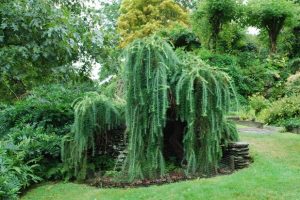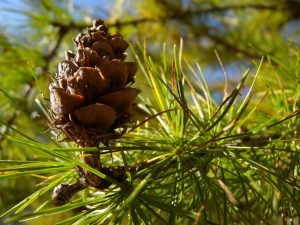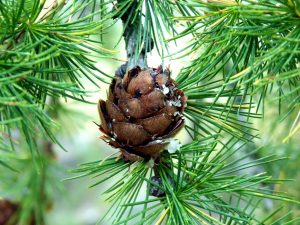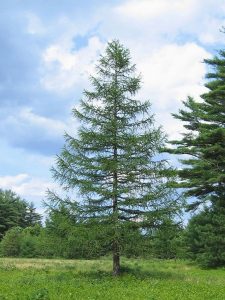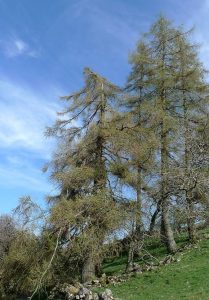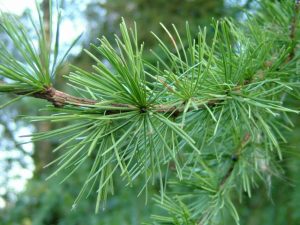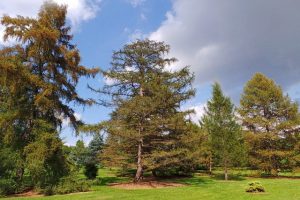European Larch
European Larch is a shade intolerant species that is common throughout Carpathian Mountains and Alps. Presently, it is a sought after one for its beautiful appearance that enhances gardens and parks.
Scientific Classification
| Kingdom | Plantae |
| Division | Pinophyta |
| Class | Pinopsida |
| Order | Pinales |
| Family | Pinaceae |
| Genus | Larix |
| Scientific Name | Larix decidua |
Quick Information
| Also Known as | Common larch |
| Tree Type | Deciduous |
| Identification | Size: 82-148 ft (25-45 m)Trunk Diameter: 3.2 ft (1 m) Needles: 1-1.1 inch (2-4 cm) light green which changes into bright yellow before shedding Cones: 1-2.3 in (2-3 cm) green, red and color changing at times |
| Distribution | Central Europe |
| Habitat | Mountainous zones with an elevation of 1000-2400 meter |
| Subspecies |
|
| Hardiness Zone | 2-6 |
| Growth Rate | Fast |
| Lifespan | 1000 years (in one case a tree has been reported to live as long as 2000 years) |
| Growing Conditions | Sun: Full exposure Water: Medium Soil: Well-drained soil, loamy and moist soil |
| Drought Tolerant | No |
| Disease & Pests | Disease: Larch canker Pests: Larch case-bearer |
| Reproductive System | Monoecious |
| Propagation | From seeds |
| Seedling Development | In full sun they germinate well |
| Wildlife Value | For forestation (since its growth rate is very fast), red squirrels eat seeds, black grouse eat immature cones and buds |
| Uses | Wood is used for building yacht, rusting fencing |
| IUCN Conservation Status | Least Concern |
Interesting Facts
- Three generations bearing the title of Dukes of Atholl had planted the species to a mentionable extent. The fourth duke also encouraged the cultivation to go on and he even wrote a book named ‘Observations on Larch’ in 1807. Even there is a claim that a particular tree, planted by the second Duke of Atholl is still thriving.
- According to the European folklore, burning and using the larch as a wear can protect an individual from evil attacks. This was a long-standing tool used for enchantment.
Published on December 9th 2018 by Sahana Kanjilal under Larch.
Article was last reviewed on 9th May 2023.



